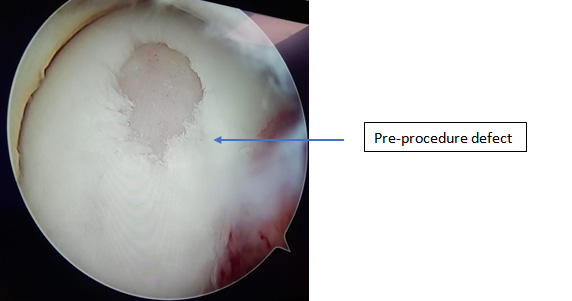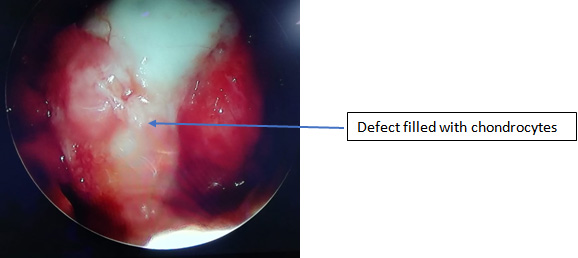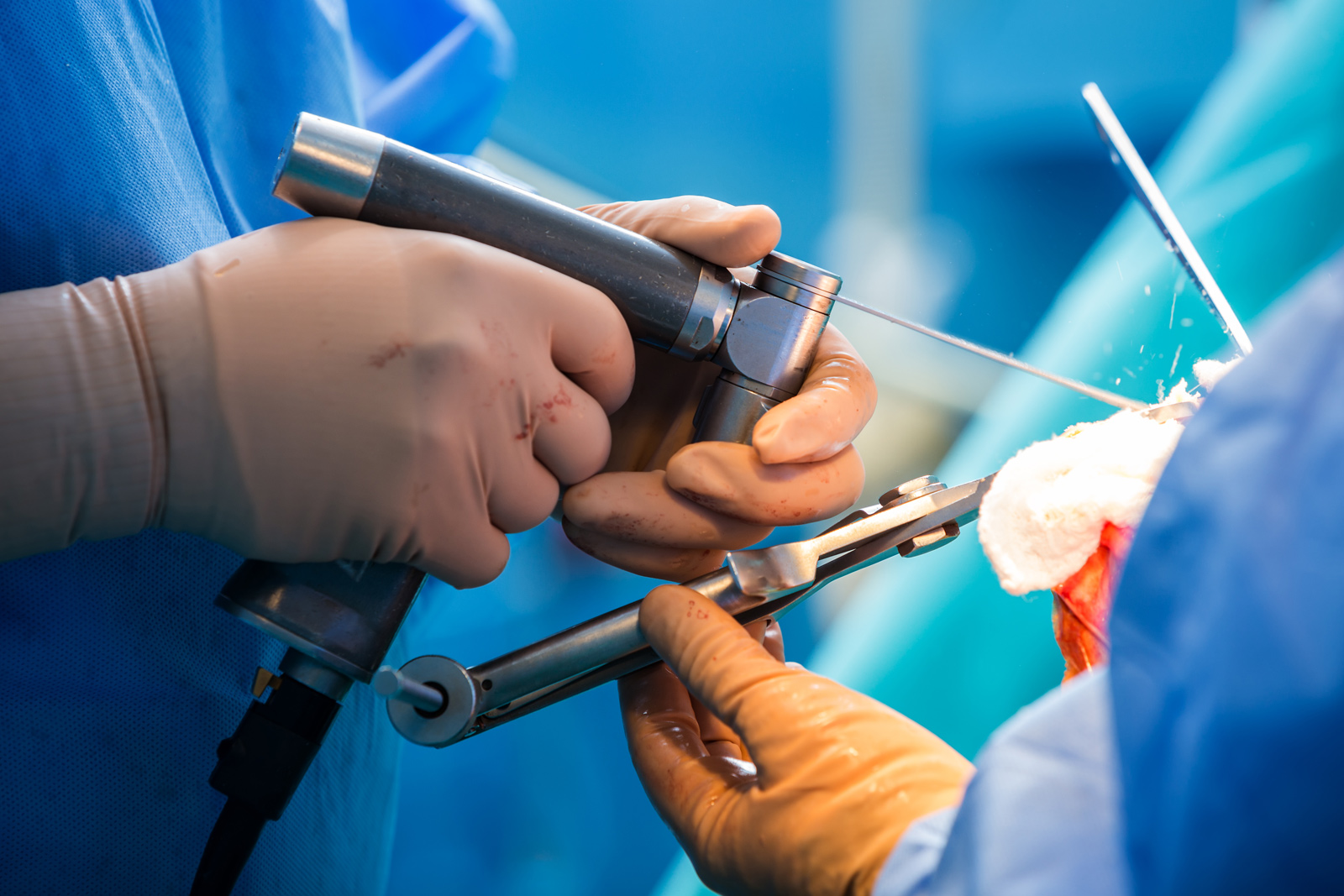- Any joint pain due to cartilage injuries or degeneration may not always warrant a replacement surgery. If done well in time & properly, the joint can be preserved with smaller key hole procedure or corrective procedures.
- If required, joint replacement surgery can be done using latest techniques such as computer navigation etc.
Arthritis of the Shoulder
- Shoulder / Gleno Humeral arthritis can be either arthritis, can be either osteoarthritis or rotators cuff or Arthropathy, commonly
- Osteoarthritis due to various etiology requires treatment such as resurfacing, shoulder arthroplasty i.e. total shoulder replacement
- For problems like rotator cuff arthropathy special types of shoulder replacement is required i.e. Reverse Total Shoulder Replacement
Knee Arthritis:
- Knee Arthritis is a well-known entity.
- Localised cartilage defects can be treated using cartilage preservation procedures such as mosaicplasty etc.
- Mono compartmental arthritis in young patients with abnormal leg bowing can be treated with procedures to improve leg alignments such as HTO i.e. High Tibial Osteotomy
- Mono compartmental arthritis in elderly indicates that patients can be treated with braces, physiotherapy or surgical procedures like uni-condylar knee replacement.
- Severe tri-compartmental arthritis in patients when indicated, can be treated with a total knee replacement / TKR. It can be done either using conventional methods or by using methods such as computer navigations.


Hip arthritis:
- Hip arthritis can be because of various reasons such as rheumatoid arthritis, Osteoarthritis, Trauma, Avascular necrosis of the femur head, etc.
- Advanced hip arthritis which doesn’t respond to the conservative line of management may require surgeries such as Total hip replacement.
- Partial hip replacement may be required for elderly patients with neck or femur fractures. In partial hip replacement, the socket is not changed.
- Hip replacement is not only important for good pain relief but also improves functional outcome to a great extent.
Cartilage Injuries
- Cartilage is the soft covering of the bone which takes part in the joint formation. Injury to the cartilage leads to Arthritis due to frictional forces acting across the joint.
- Cartilage does not have a blood supply and hence cartilage injuries are difficult to manage. Very often they are associated with other injuries such as the meniscus injuries.
- Depending on the severity of the cartilage injury, age of the patient, size of the cartilage injury, etc. the patients need to be treated with various treatment modalities such as Microfractures, Mosaicplasty, Autologous chondrocyte implantations, etc.
- If treated in time, patients can have excellent outcomes after the cartilage procedures.


High tibial osteotomy (HTO)
- In selective patients who present with isolated single compartment affection of the knee and who have limb alignment problems causing overloading of the compartments of the knee, it is possible to do corrective procedures such as High tibial osteotomy i.e. HTO to correct the limb alignment thus preventing further damage to the cartilage and preventing further damage to the knee.
- This might be a concomitant procedure with other surgeries such as Meniscus root repairs. It is possible to prolong the life of the knee and prevent major surgeries like joint replacement surgeries in these selective individuals.
- This procedure involves Breaking the tibial bone and fixing it in corrected position using special plates or other fixation devices.


Looking for Orthopedic Hospital in Nashik? Dr. Sagar Kakatkar is well-known Joint Replacement Surgeon in Nashik. he has experience of many successful replacement surgeries. he provides effective and relieving treatment for your joints problems.
FAQs
Does the TKR surgery involve cutting muscles?
Total knee replacement can be done through various approaches. Few latest surgical approaches don’t require cutting the quadriceps tendon or Vastus muscle. This helps in faster recovery.
Can I squat or sit crossed legged after knee joint replacement?
With current advance technology and better artificial joints you can a near normal knee range of motion but it is always advisable not to do squatting or sitting crossed legged
Do I require a joint replacement for my knee pain?
You need to visit a consultant for detailed physical examination. Your knees hurting or x-rays showing degeneration may not always mean that you have to undergo a major surgery like replacement surgery. Few clinical parameters and symptoms like night pain, etc. may be suggestive of severity.
When can I start walking after my replacement surgery?
With current advances of technology and pain management from Joint replacement surgeon in nashik, you can start walking immediately the same day or the next. Even stair climbing is encouraged as early as possible and as tolerated.


